The 5 Luxury Classic Onsen in the Northeast: The Perfect Destinations for Solos
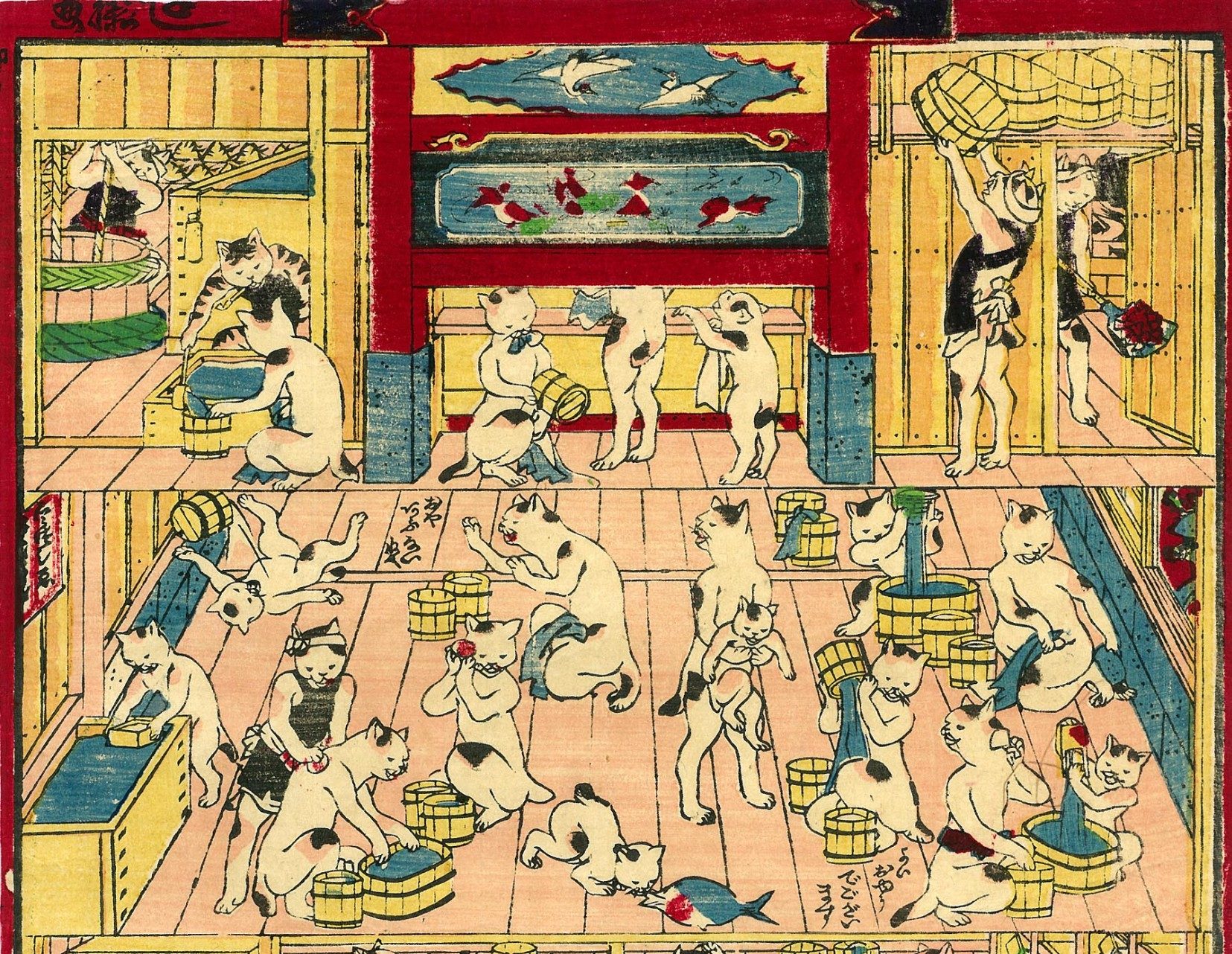
Japan has an ancient custom in traditionally taking hot baths. People in Japan customarily like to go to public bathhouses. There are many different types and varieties of bathhouses. Some use tap water in their baths which is typically called Sentō(銭湯). In contrast, bathhouses that utilize a natural hot spring, are called Onsen(温泉). In particular, a trip to an onsen is one of the most popular activities for modern Japanese people. We will reveal some of the special places that hot spring fans truly enjoy during their trips in Japan.
Touji(湯治), means “hot spring cure”. It refers to visiting a resort that possesses a natural hot spring. It typically requires staying there for a certain period of time in order to treat specific health issues, cure aliments, and to relieve stress & fatigue.
A standard onsen trip consists of a one to two-night stay in order to relax in the hot spring and also to enjoy the sightseeing around the resort or inn. However, for the Touji trip, people typically stay in the bathhouse longer, for about a week to ten days. The visitors normally soak in the hot spring a few times per day. In between these soaks, they rest, recuperate, and enjoy their meals.
Touji-ba (湯治場) means Touji accommodations and services at the inn. An unique aspect of a Touji stay is that guests cook their own meals in the kitchen during their stay. Otherwise, if you decide not to do cook, don’t worry as many inns have cafeterias and sell Bento boxes.
Non-touji inns are simply called ryokan which provides meals and hotel services which typically costs more to stay. In addition, the rooms in the ryokan are usually more luxurious than those of the Touji-ba, having better room views & room sizes and more services.
Our busy modern society has made it somewhat too long to stay and enjoy the hot spring cures for extended periods times. As a result, the number of traditional Touji-ba are decreasing. Thus, only 3% of them remain today. For this reason, many Touji-ba now accept guests staying for only one or two nights. It still remains suitable for travelers who don’t mind cooking for themselves and who don’t need room-cleaning services, as they just want to experience an onsen trip at a reasonable price. We will share with you some of our favorite hot spring resorts in the Kanto and Tohoku regions that even you, a connoisseur of Japan, may not even know about yet.
A Superb Onsen Experience in Japan’s Oldest Bathhouse Complex: Sekizenkan, Gunma


Sekizenkan is quite popular as a place to stay for overnight onsen trips. But the inn also maintains the tradition of its origins as a Touji-ba in the Edo period. There are 4 different buildings and 2 types of accommodations. Touji guests stay in the Honkan or Ichibankan. For those guests looking for a more elegant onsen experience, they stay in the Sanso and Kashoutei.
Fire is strictly forbidden in the inn, as the building is an important cultural asset, and therefore no self-catering (i.e., cooking) is allowed. Instead, they sell seasonal lunch boxes. The hot spring water is very fresh and drinkable at this inn. It is reputed that drinking the mineral-rich hot spring water while still warm will help to stimulate your stomach and intestines. In addition, drinking it cold will help with constipation.
This inn is nestled in the forest, and the sound of birds and the water are therapeutic. It has single rooms, making it the perfect place for a solo traveler.
Our members comment…
Price:$$
Shima Onsen, Nakanojo-macho, Agatsuma-gun, Gunma
Surrounded by Great Wilderness, Over 300 Years Old Onsen: Sukayu, Aomori
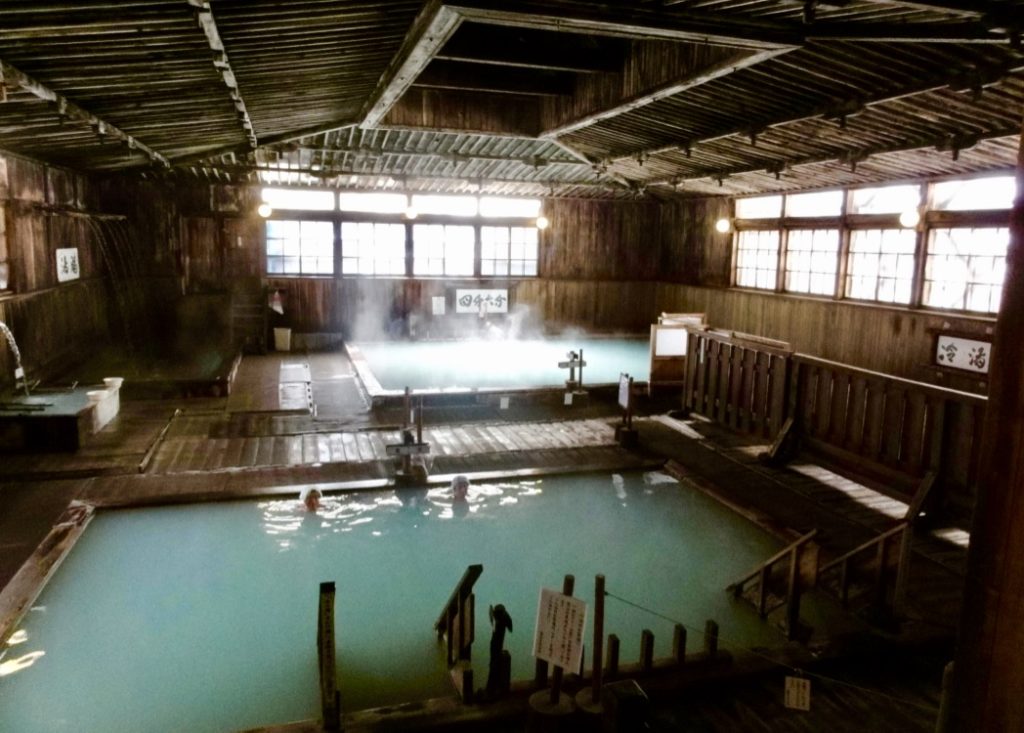
This hot spring is the first national onsen resort in Japan. It has been attracting many people since the Edo period. Sukayu has three baths; a co-ed, a female-only, and a male-only one. The large co-ed bathhouse named Hiba Senjinburo is about 2700 sq. feet, which you can access 24 hours. Plus, there is a women-only hour from 8:00 am to 9:00 am every morning.
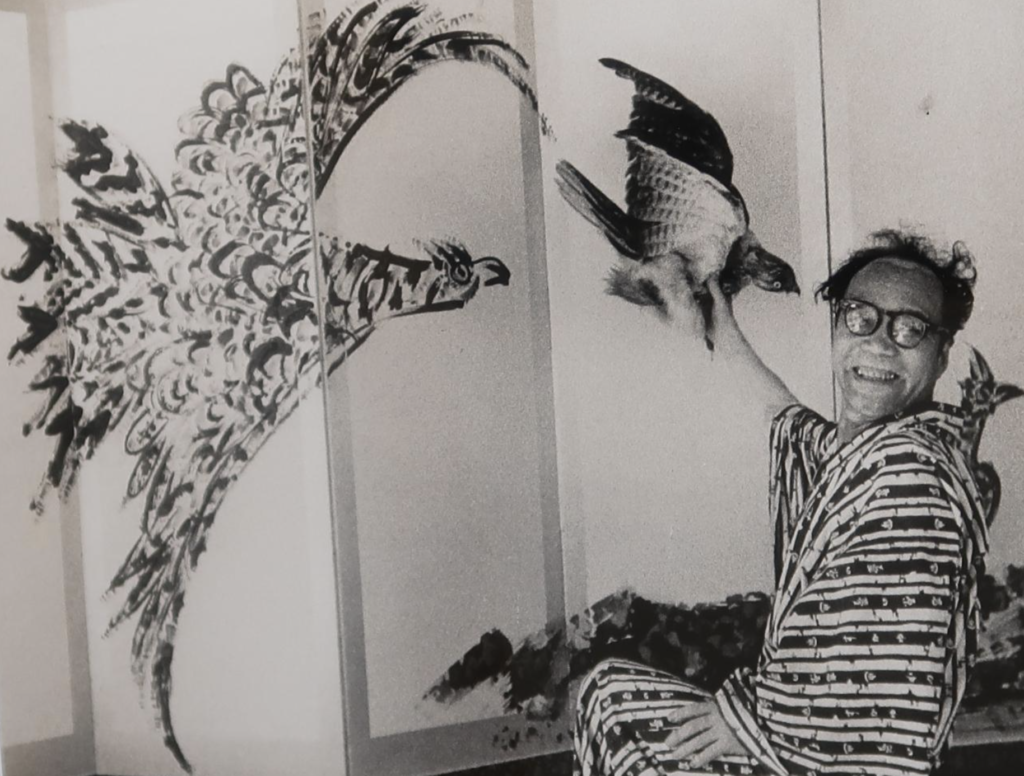
Consider staying in a tent at a nearby. Campgrounds cost $10 per night, which is ideal if you are on a budget and plan to stay for a week or so. From the site, it takes about 10 minutes to walk to the hot spring. It’s a big difference from staying at an inn, which costs $90 per night. For onsen-only guests—those without overnight accommodations, there are some time restrictions. The co-ed bath, Hiba Senjinburo, is open from 7:00 a.m. to 6:00 p.m. Tama no Yu, is a gender separated onsen which is accessible from 9:00 a.m. to 5:00 p.m.
This place is our most favorite secret spot. Once you go there, you will never forget the mysterious onsen. It has a nostalgic atmosphere as if you have drifted back in time to old Japan.
Our members comment…
Price:$$
50 Sukayusawa Arakawayama Kokuyurin Arakawa-minami, Aomori City, Aomori
Deep in the Mountains to Cleanse Your Body, Hot Spring & Hot Stone Spa: Tamagawa Onsen, Akita
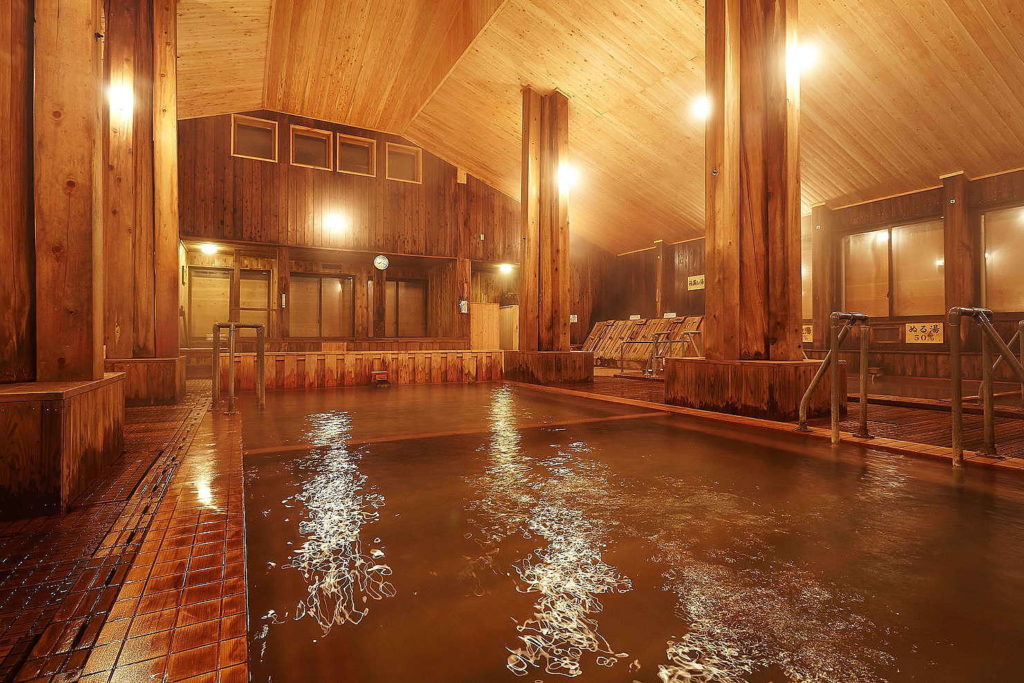
Akita Prefecture is known for its many well-known onsen & hidden places. The region was traditionally home to a thriving hot spring cure culture, and this atmosphere still remains today. In Tamagawa Onsen and the nearby Towada Hachimantai National Park, you can take a Ganban-yoku(岩盤浴)—Bedrock Baths, to warm your body with the geothermal heat from natural rocks. Each bedrock bath session is around 20 to 40 minutes.
Ganban-yoku is acknowledged to be effective in stimulating metabolism and relieving pain. Recommended for refreshing yourself, as some people say it is effective against terminal cancer. Depending on the time of year, there are English-speaking hot spring therapists available for free consultations about your health and hot spring therapy.
Things you need for ganban-yoku. When taking the bath, layout a bed sheet or towel on the rugged rocky ground, and cover yourself with a blanket to keep the heat in.
- Bedsheet, towel, or Goza—A Japanese straw mat that is available at a store near the inn.
- Something to use as a pillow (a bath towel is also good)
- Towel or other top to cover of your body
- Extra clothes
- Hydration drink
- Backpack or bag (to hold the aforementioned supplies)
We urge you to wear a sweatshirt or other rough clothing that can easily absorb sweat, and sandals, or comfortable walking shoes.
It’s a luxury natural treatment for the most discerning travelers. In one journey, you can experience both onsen and ganban-yoku.
Our members comment…
Price:$$
Shibukurozawa Kokuyurin, Tamagawa, Tazawako, Semboku, Akita
The Heart of Japanese Masters Literature: Osawa Onsen, Iwate
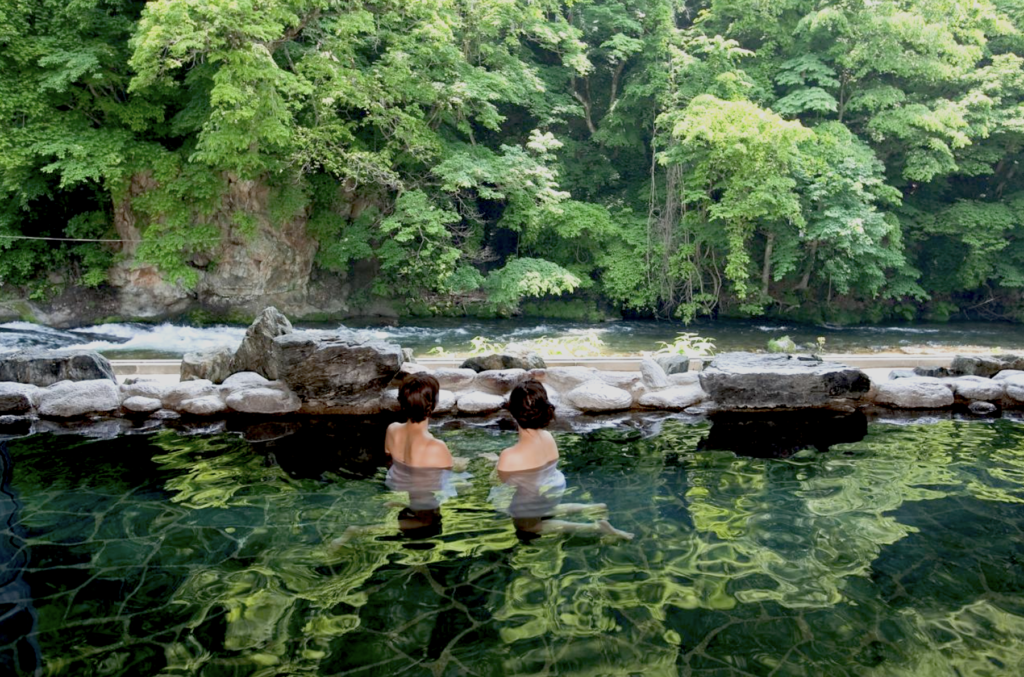
Kenji Miyazawa, Kotaro Takamura, and Mitsuo Aida are known to had loved this inn, and you can feel the beauty of the Japanese scenery from season to season. With no meals and no bedmaking, you can stay here for as low as US$35 per person per room. Osawa no Yu is a traditional co-ed bathing style place. Since bathing in towels or bathing suits is prohibited, women should enter during the women-only bathing hours.
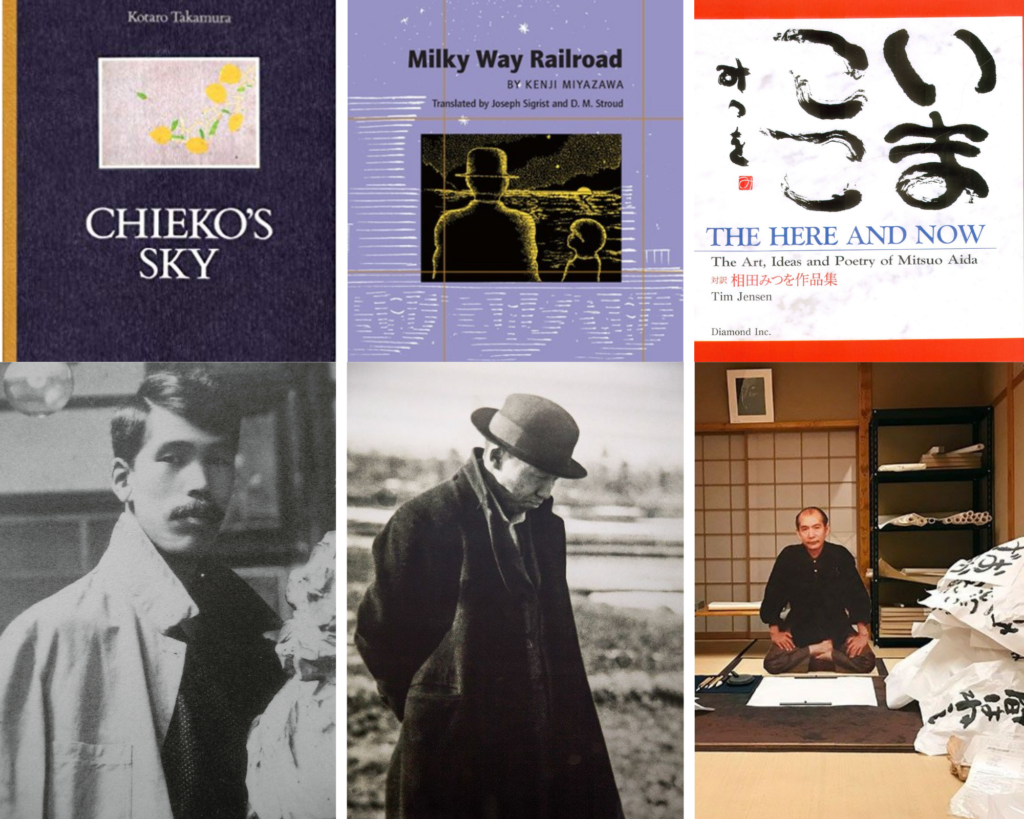
This place is basically follows a “bring what you need” style, so pack your own sleeping bag and pajamas. However, even if you go without any, you can rent bedding for about US $10. Yukata, a Japanese traditional bathrobe, costs about US $2 to rent. Kotatsu, a heating table covered with a blanket in the winter, and air conditioning in the summer is rented for about US $3. Besides the cooking facilities, there are also a cafeteria, convenience store amenities, and a laundry room. Feel free to cook for yourself or eat at the cafeteria.
With its open-air bath, the inn offers an exceptionally wonderful hot spring experience at a reasonable price. With the free rental bicycles, you can take a stroll in the wilderness for mindfulness.
Our members comment…
Price:$$
181 Yuguchi Osawa, Hanamaki, Iwate
Japan’s Deepest Rock Bath: Fujisan Ryokan, Iwate
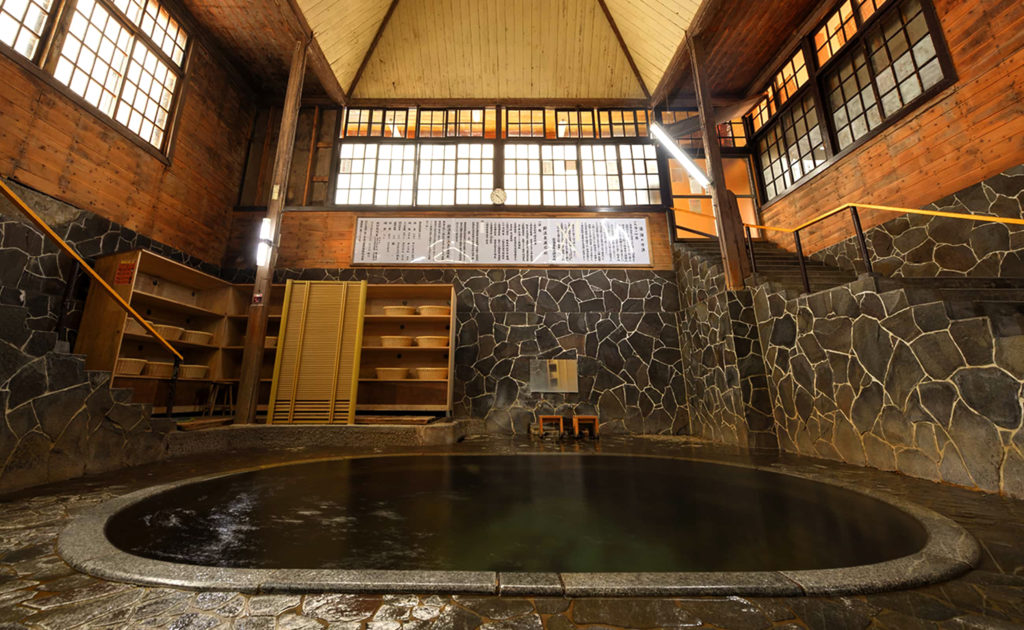
This hot spring was discovered about 600 years ago by the ancestor of the inn’s founder. While he was cutting wood in the mountains, he saw a white monkey come out of a rocky cave who then healed its own wounds on its hands and feet in a nearby spring. After seeing this, the founder dug the ground and established the bathhouse as a hot spring inn in 1786, the Edo period. For a touji stay, you can get a room from US$60.
We believe this is the only place in Japan where you can take a bath standing up. Stretching for your body, mind, and spirit while looking up at the high ceiling.
Our members comment…
Price:$$
75-1 Nakadaira, Namari, Hanamaki-shi, Iwate
The history of touji dates back to ancient times. During the 16th to 17th century, such as war times, wounded soldiers used it as a way to recover. By the Edo period (1603-1868), the hot-spring cures also became popular among farmers and the general public, and the culture took root in Japan. Since the introduction of Western medicine after the Meiji era(1868-1912), more and more people have been visiting to relieve tiredness rather than cure it. Today the number of people who take hot spring cures is increasing, seeking the benefits of hot springs for skin conditions such as atopic dermatitis and mental well-being.
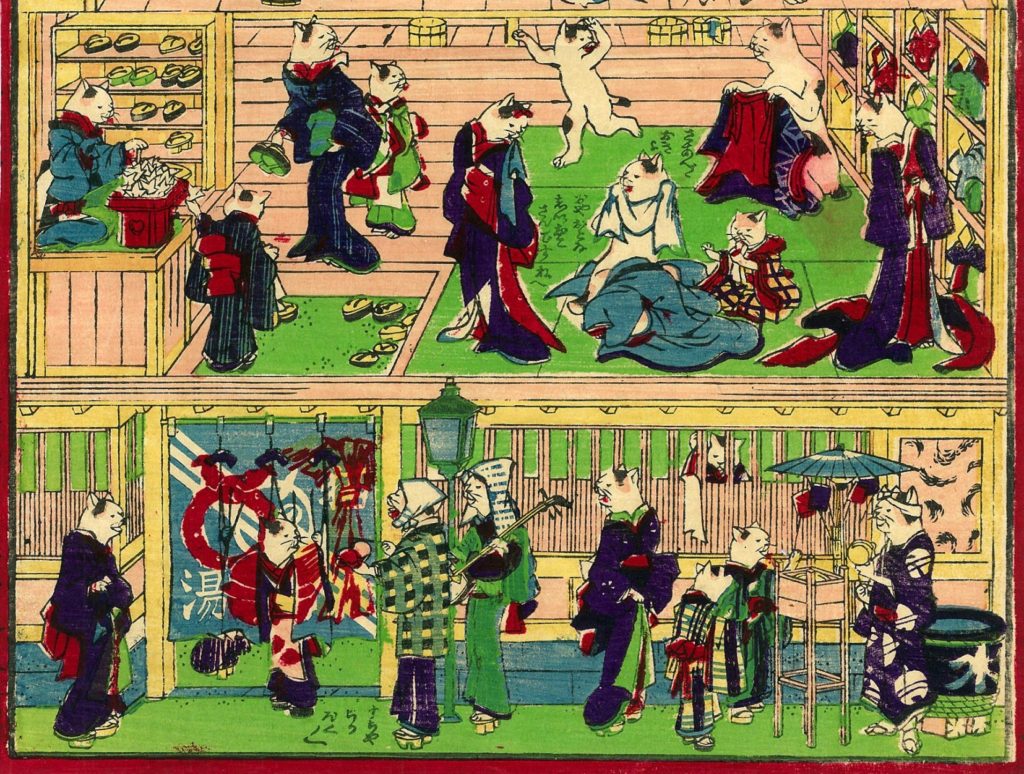
Although touji is written as “cure with hot water,” it does not mean a genuine cure for illness. It is an ancient form of Eastern medicine that is meant to slowly build up your body into a healthy condition. Let’s go on a hot spring cure trip for recuperation and relaxation.

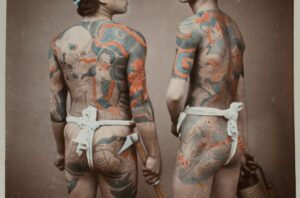
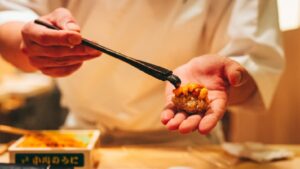
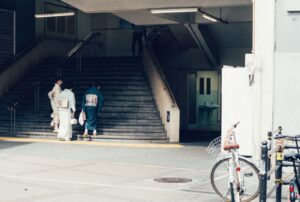
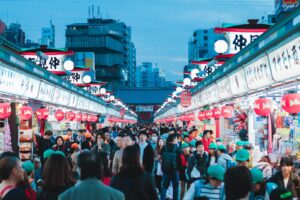
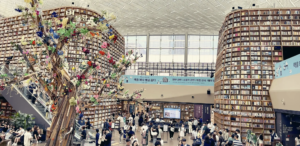
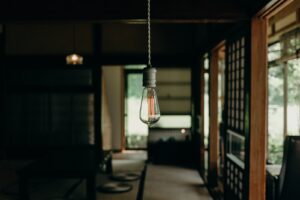
 Instagram
Instagram